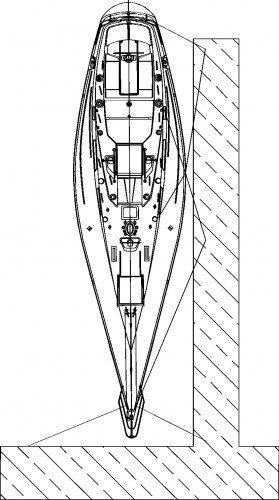Do you want to be informed on new Posts on this Thread? (members only)
| Sail & Rigging - Cleats vs fairleads |
|---|
|
Join Date: 30 January 2007
Posts: 461 |
||
|---|---|---|
|
Cleats vs fairleads |
|
Join Date: 16 May 2009
Posts: 252 |
||
|---|---|---|
|
Daniel: |
|
Join Date: 30 January 2007
Posts: 461 |
||
|---|---|---|
|
Geoff, |
|
Join Date: 30 January 2007
Posts: 461 |
||
|---|---|---|
|
I enclose a picture of the CAD drawing I just finished.  |
|
Join Date: 16 May 2009
Posts: 252 |
||
|---|---|---|
|
Daniel |
|
Join Date: 30 January 2007
Posts: 461 |
||
|---|---|---|
|
Geoff, |
|
Join Date: 02 January 2008
Posts: 1547 |
||
|---|---|---|
|
Dear Daniel |
|
Join Date: 30 January 2007
Posts: 461 |
||
|---|---|---|
|
Dear Lars, |
|
Join Date: 02 January 2008
Posts: 1547 |
||
|---|---|---|
|
Daniel
|
- Threads : 1702
- Posts : 10217
- Members: 820
- Online Members: 2

